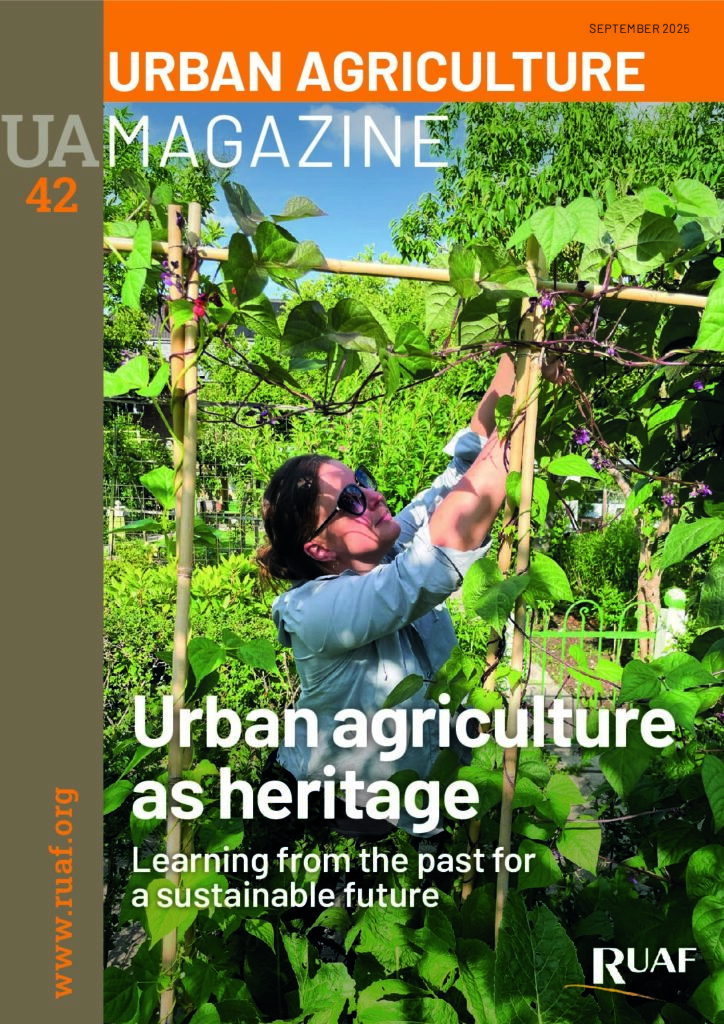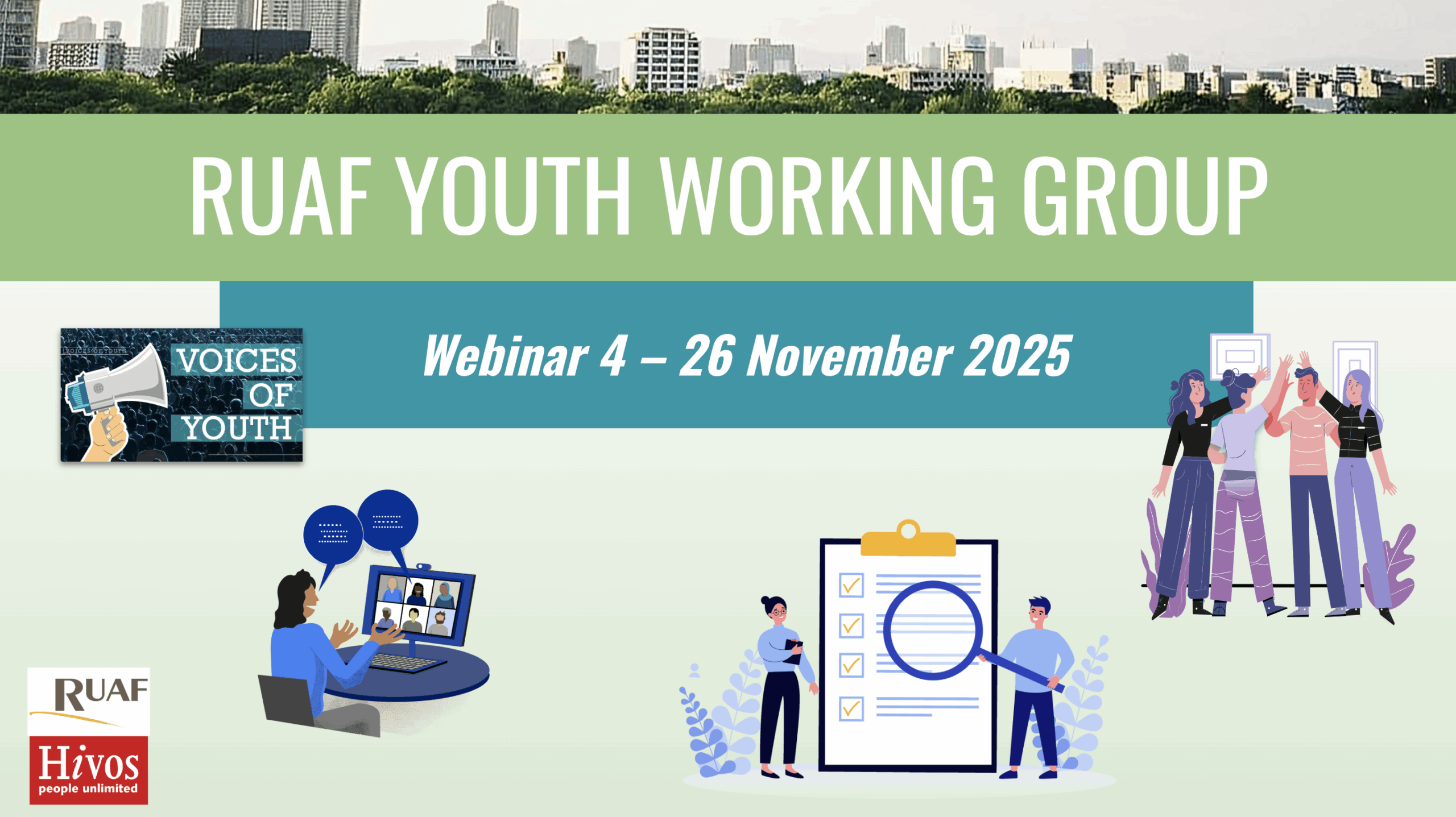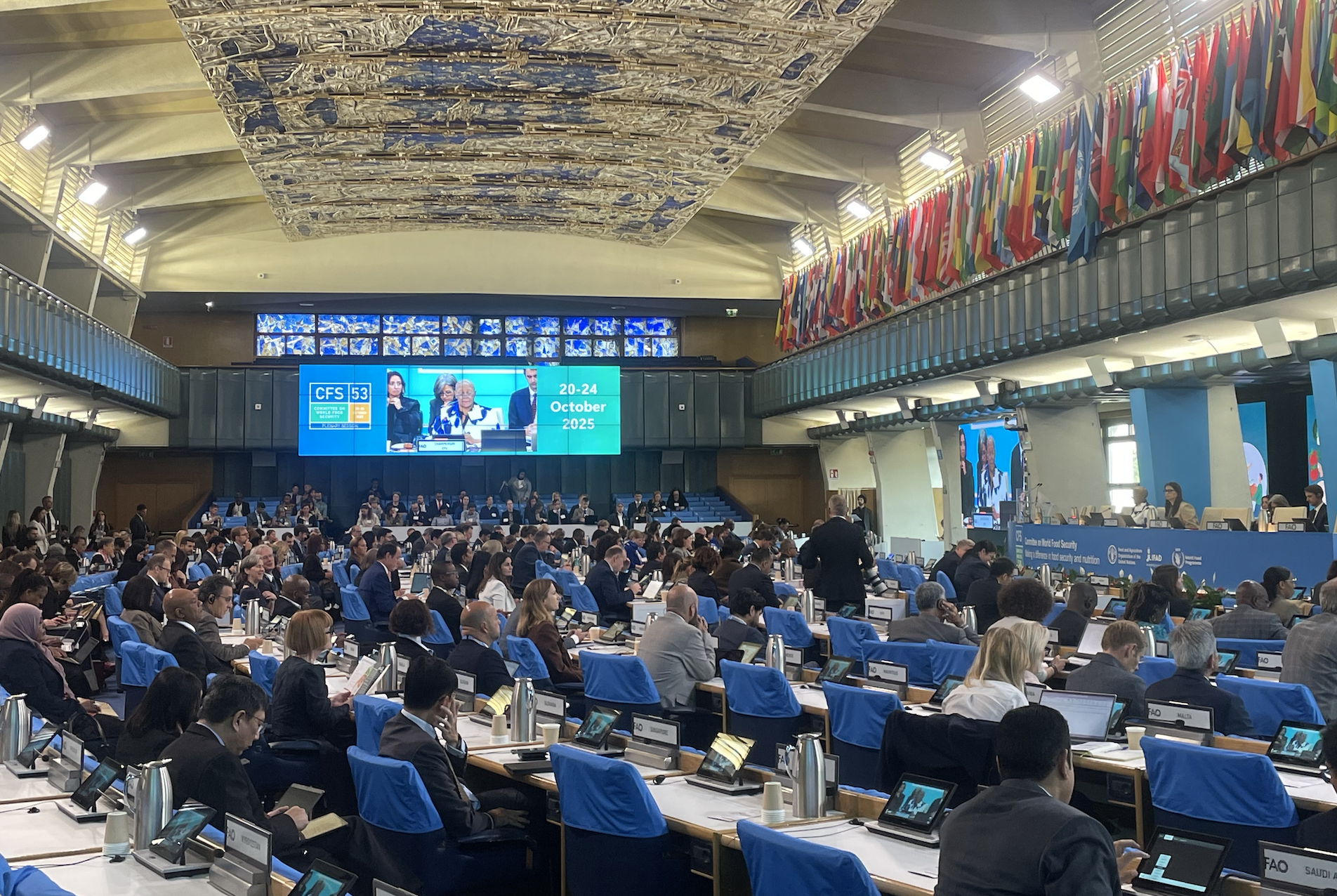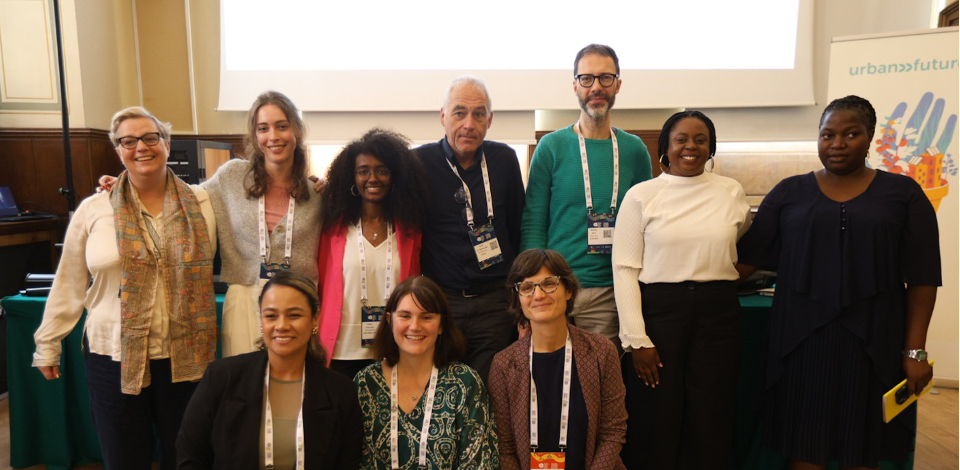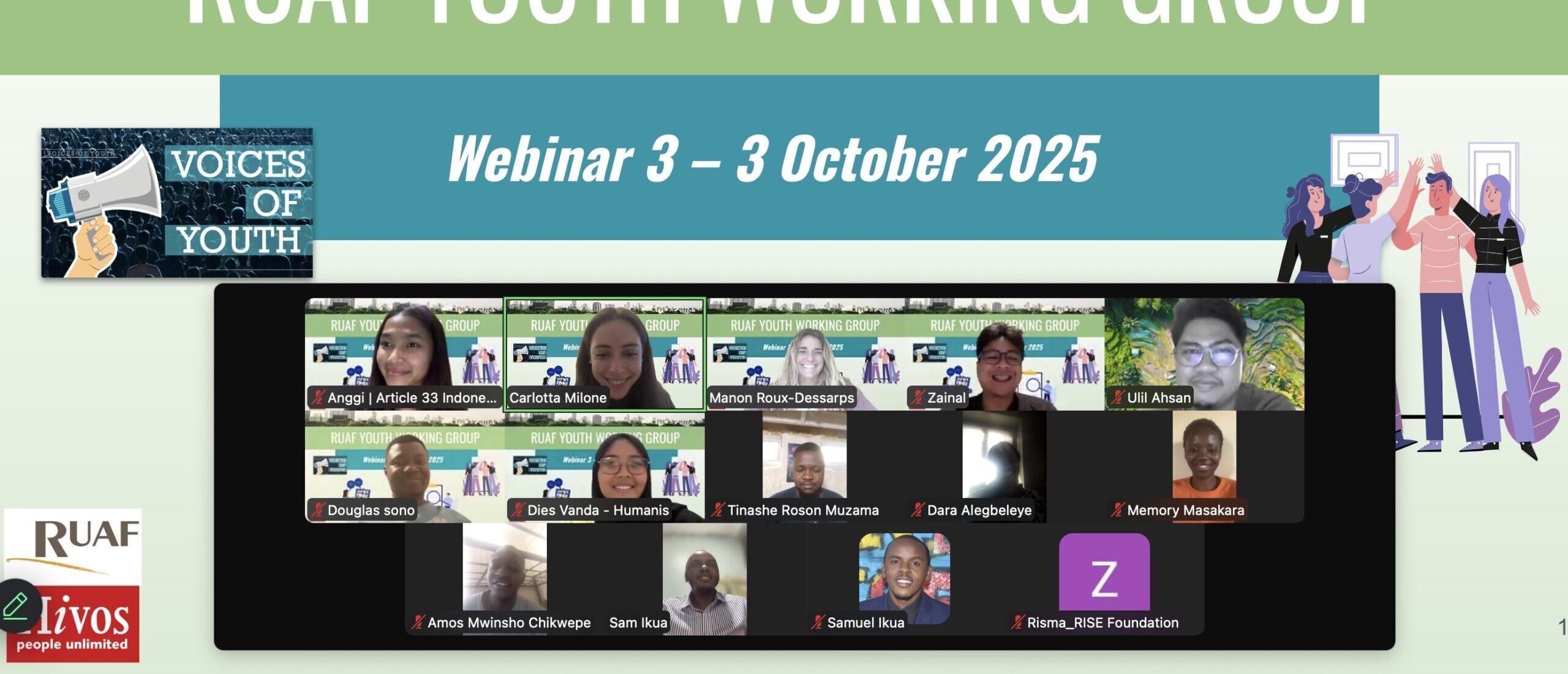By Jess Halliday – chief executive of RUAF, a global partner in the Urban Futures programme.
Urban Futures initiatives in three countries show that exposing youth to indigenous foods can have a trickle-down effect within their communities, generating market demand for resilient, locally adapted varieties. Young people are discovering that traditional farming methods are underscored by sound ecological values and scientific explanations.
The Urban Futures programme is led by Hivos, with RUAF and Humanis as global partners. Funded by Botnar Foundation, the programme works at the intersection of urban food systems, youth well-being and climate action in ten intermediary cities, in five countries. It supports local partners and young people to create more inclusive, climate-resilient cities and urban food systems.
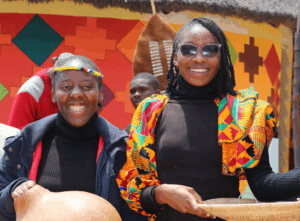
In many countries, city dwellers tend not to have much contact with agriculture and have lost touch with the traditional food culture of their parents and grandparents, and indigenous foods are expensive and hard to find. Experiences in Ecuador and Zimbabwe have shown that inviting urban youth into the countryside to take part in events where they can take part in the foodways of their forebears can ignite a powerful interest in traditional farming and indigenous crops.
In Choco Andino, Ecuador, youth were invited to take part in collaborative “Minga” workshops to establish new food plots on degraded farmland, featuring indigenous plants (see Box Involving youth in collaborative Minga workshops by downloading the full issue). Similarly, a group of youth champions from Bulawayo, Zimbabwe, visited the nearby Amagugu International Heritage Centre to learn about traditional food practices – including production, processing and consumption – through talks, art and song (See Box A visit to Amagugu International Heritage Centre by downloading the full issue).
In both cases, the participants have shared their experiences with their communities and on social media, and some of the youth champions are incorporating their new knowledge into their own activities.
In Choco Andino, a few young people are actively seeking to build a market to support the farmers, such as Daniela Andagoya and Johana from the Andean Choco Youth Network, who sell agroecological coffee and panela (unrefined cane sugar) in the Chala community store. Two chefs, Jimmy Momposita and Alfredo Guamaní, meanwhile, are inventing new recipes using the leaves, fruits, flowers and roots of non-conventional plants, introducing their unique flavours to consumers.
In Bulawayo, youth are including indigenous materials in modern goods, such as skincare products, herbal teas and confectionery. One young woman who works for the Ministry of Agriculture, Land and Fisheries is recommending that agritech companies and the Ministry encourage farmers to grow indigenous small grains such as sorghum and millet, in the interests of boosting climate resilience.
The young people are not just retaining information, but they are using their own media platforms and asking, “how can I, in addition to the entire city, influence Bulawayo and the wider region to be more indigenous and more strategic about climate change?”, said Nobubelo Malinga, project communications officer at Hivos. The youth champions are also participating in regional and national policy platforms to ensure incorporation of youth voices within broader urban agriculture conversations and legislation.
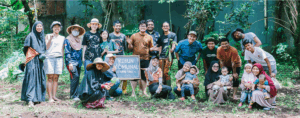
Future farmers?
In the Urban Futures countries, farming tends to be perceived by young people as a dirty, difficult and financially risky occupation. According to Galih Raditya, one of the team members of Seni Tani in Indonesia, the risk is due to the conventional food system under which farmers cannot set their own prices and are reliant on middlemen. For farming to be attractive there is need for an alternative, fairer food system model, such as community-supported agriculture. (see Box Reviving Sundanese techniques for community-supported agriculture by downloading the full issue).
When it comes to the techniques that Seni Tani is using, however, he added that it is not so much about the traditional aspect itself, as the values behind the traditional. In particular, the emphasis on natural, organic, ecological methods and the sense of community that comes with it is attractive to young farmers.
It’s not about going back in time, but about reconnecting with more mindful and ecological practices, sustainable practices. It feels empowering in a world where so many systems feel out of our control.
In Bulawayo, only a few of the Urban Futures youth champions are currently farming indigenous crops, but this is a key area where Urban Futures aims to build capacity.
We realized that they were not [farming indigenous crops] because they are not aware of the health benefits and the market that is there for those foods, said Khaliphani Ndlovu, project coordinator of The Unemployed and Vulnerable Foundation Trust, a partner in the Bulawayo Urban Futures consortium. “Because of lack of supply, indigenous foods are quite expensive. This means young people tend to go with fast foods because they are more affordable and easily available.”
Download the full issue of Urban Agriculture Magazine 42 below to explore case studies on the Minga workshops in Ecuador, the Amagugu International Heritage Centre in Zimbabwe, and Sundanese tribes techniques in Indonesia.
